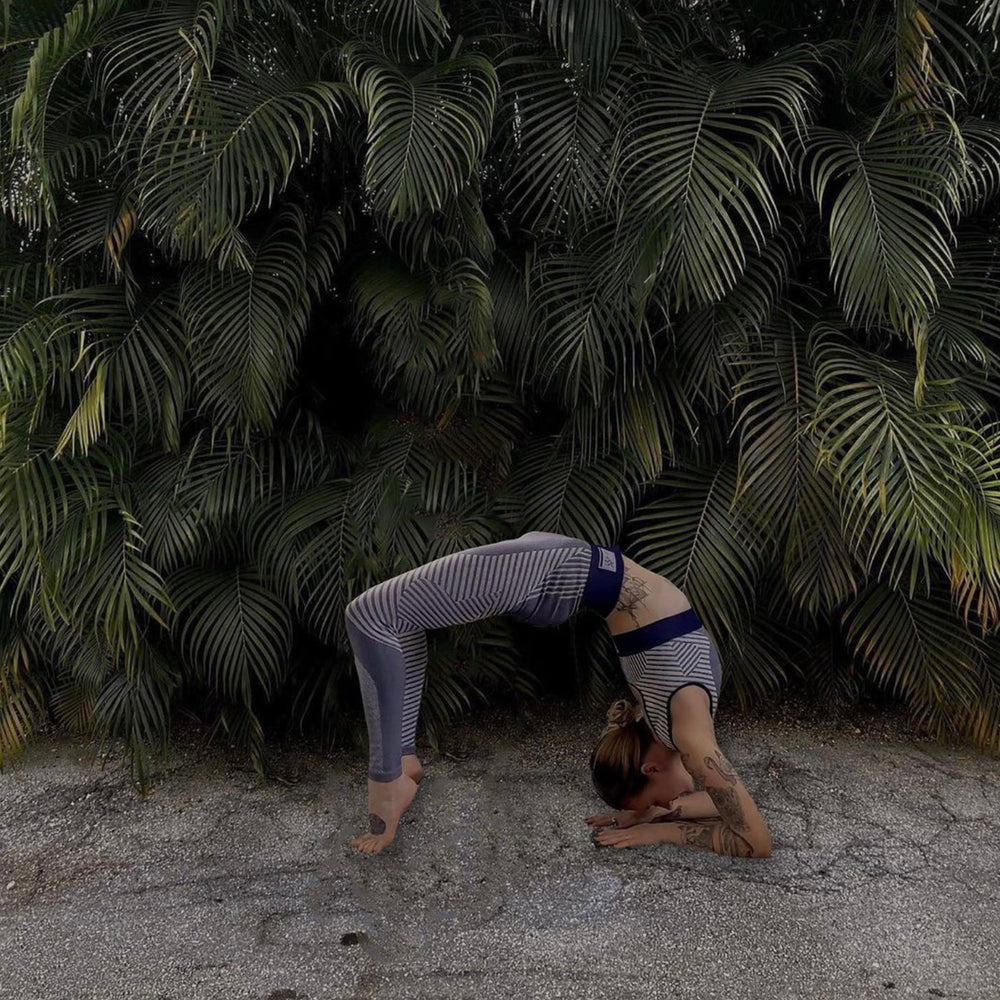
In a world where heart disease remains a leading cause of death, maintaining cardiovascular health is crucial. While diet and traditional exercise are often emphasized for heart health, yoga offers a unique and holistic approach. This ancient practice, encompassing physical postures, breathing techniques, and meditation, can significantly benefit heart health. This article explores specific yoga poses that are particularly beneficial for maintaining a healthy heart, along with insights into how yoga contributes to cardiovascular wellness.
The Link Between Yoga and Heart Health
Yoga’s impact on heart health is multi-faceted. It addresses the physical aspects, such as improving circulation and reducing blood pressure, and also tackles stress, a significant risk factor for heart disease. The deep breathing techniques in yoga enhance lung capacity and improve oxygenation, benefiting the entire cardiovascular system.
Top Yoga Poses for Heart Health
1. Tadasana (Mountain Pose)
Tadasana is a foundational yoga pose that improves posture and circulation. It’s a starting point for many standing poses and helps in developing mindfulness and body awareness.
**Technique**: Stand with your feet together, distribute your weight evenly, lift your chest, and engage your core. Keep your arms at your sides and breathe deeply.
2. Bhujangasana (Cobra Pose)
Cobra Pose strengthens the chest, improving lung capacity and oxygen intake. It also stimulates abdominal organs, boosting overall circulation.
**Technique**: Lie on your stomach, place your hands under your shoulders, and gently lift your chest off the ground, keeping your elbows close to your body.
3. Setu Bandhasana (Bridge Pose)
This backbend is excellent for the heart. It opens up the chest and lungs, improving oxygen flow and stimulating the heart.
**Technique**: Lie on your back, bend your knees and place your feet on the ground. Lift your hips towards the ceiling, clasping your hands under your back.
4. Vrikshasana (Tree Pose)
Tree Pose is a balancing asana that enhances focus and calmness. The balance required for this pose improves circulation and steadies the heart rate.
**Technique**: Stand on one leg, place the other foot on your inner thigh, and bring your hands together in prayer position. Hold and breathe deeply.
5. Uttanasana (Standing Forward Bend)
This pose helps in calming the mind and heart. The forward bend promotes blood flow to the head, offering a sense of rejuvenation.
**Technique**: From Tadasana, exhale and hinge at your hips to fold forward. Let your head hang and keep your knees slightly bent if needed.
6. Sukhasana (Easy Pose) with Deep Breathing
A simple seated pose, when combined with deep breathing, can significantly lower stress levels, thereby reducing strain on the heart.
**Technique**: Sit cross-legged, straighten your back, and take deep, slow breaths. Focus on the inhalation and exhalation to promote relaxation.
Incorporating Yoga into Your Heart-Healthy Lifestyle
To reap the benefits for heart health, incorporate these poses into a regular yoga practice. Additionally, consider the following aspects:
7. Regularity and Consistency
Practicing yoga regularly is key to experiencing its cardiovascular benefits. Consistency in your practice can lead to long-term heart health improvements.
8. Pranayama (Breathing Exercises)
Pranayama, especially techniques like Anulom Vilom (Alternate Nostril Breathing) and Kapalbhati, can improve heart rate variability, a marker of heart health.
9. Meditation for Stress Reduction
Yoga meditation techniques, such as mindfulness and guided meditation, can significantly reduce stress and lower blood pressure, both crucial for heart health.
10. A Holistic Approach
Yoga encourages a holistic approach to health. A heart-healthy diet, regular physical activity, and avoiding harmful habits like smoking are essential alongside yoga practice.
Safety and Modifications
Practicing yoga for heart health should be done mindfully, especially if you have existing heart conditions:
**Consult a Healthcare Provider**: If you have heart disease or high blood pressure, consult a healthcare provider before beginning a yoga practice.
**Listen to Your Body**: Avoid poses that cause discomfort or strain. Yoga should not be painful.
**Modify Poses When Necessary**: Use props or adapt poses to suit your fitness level and flexibility.
Yoga’s Impact on Mental and Emotional Well-being
Yoga’s benefits for heart health extend beyond the physical. The practice helps in managing emotions and reducing anxiety, which can have a positive impact on heart health. A calm and content mind is as crucial for a healthy heart as a physically fit body.
Beyond the Mat: Yoga’s Lifestyle Benefits
Yoga promotes a lifestyle conducive to heart health. It fosters mindfulness, encouraging healthy eating and lifestyle choices. Many yoga
practitioners find that their overall quality of life improves with regular practice.
The Science Behind Yoga and Heart Health
Numerous studies have shown that yoga can lower risk factors for heart disease, including high blood pressure, cholesterol, and blood sugar levels. The practice’s ability to improve cardiovascular efficiency and heart rate variability is particularly noteworthy.
Yoga offers a comprehensive approach to maintaining a healthy heart. Its combination of physical poses, breathing techniques, and meditation provides a holistic way to improve cardiovascular health, manage stress, and enhance overall well-being. By incorporating specific yoga poses into your routine, you can take significant steps toward heart health. Whether you are new to yoga or an experienced practitioner, these poses can be adapted to suit your level and needs, making yoga an accessible and effective tool for heart health. Remember, taking care of your heart goes beyond physical fitness; it encompasses your mental and emotional well-being, and yoga is the perfect practice to achieve this balance.
|











